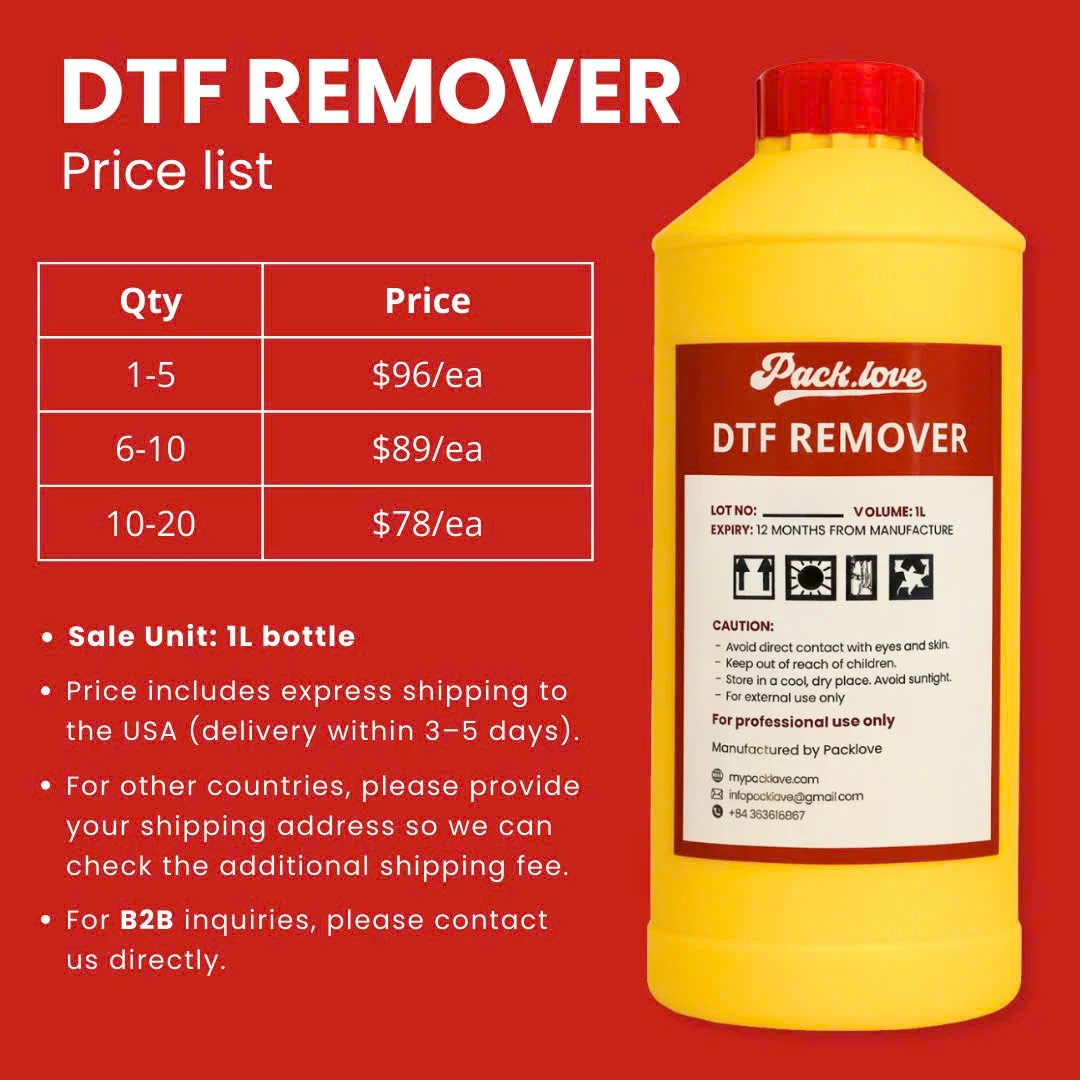What Is Snap Fastener: Types, Uses, Parts And How They Work
Have you ever heard a little ‘click’ or ‘snap’ when closing a piece of clothing or a bag? That sound often comes from a snap fastener. This guide will explain them in simple terms. Knowing about snap fasteners is useful, whether you’re choosing clothes (especially for babies or outdoor gear) or if you make clothes, bags, or crafts. These sewing supplies are important clothing fasteners. Let’s dive in!
1. What exactly is a snap fastener? The basics
A snap fastener is a type of fabric closure. It is usually a pair of small discs or parts that lock together. One part has something that sticks out (this is often called a stud). The other part has a hole (often called a socket) for it.
A snap fastener is a closure device that helps keep two pieces of fabric securely together. Users press the snap fasteners to close their items. You press the two parts together. You will hear or feel a ‘snap’ or ‘click.’ This means they are locked. To open, you simply pull the two pieces of fabric apart. This helps you understand how snap fasteners function, especially how snap fasteners work on clothes.
You might also hear snap fasteners called ‘press studs’ or ‘poppers.’ These are just synonyms or alternative terms for the same thing. So, the press stud definition or asking what is a popper all refer to snap fasteners. The basic snap button meaning is a fastener that clicks shut.
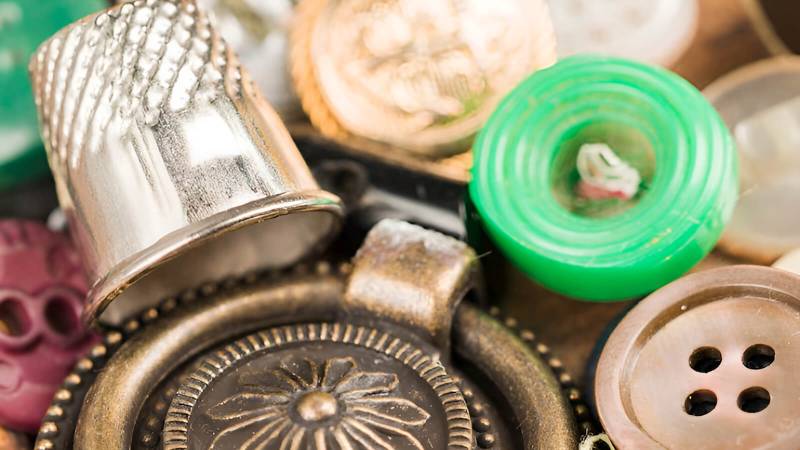
2. The parts of a snap fastener: A closer look
Most snap fasteners have a few main parts. This is especially true for the kind you attach without sewing. These are called no-sew snaps. The usual components (cap, socket, stud, post) are:
- The cap: This is the smooth top part of the snap. You see it on the outside of the fabric. The cap (snap) can be plain metal or plastic. It can also have decorative top designs, like colors, patterns, or logos.
- The socket: The socket is one of the inner parts. It has a hole or an opening. The ‘stud’ (the next part) clicks into this hole. Think of it as the ‘female’ part. The socket is a key component for the snap to lock.
- The stud: The stud is the other inner part. It has a small bump or post that sticks out. It clicks firmly into the socket. This is the ‘male’ part. The snap fastener – part – stud works with the socket to create the secure snap.
- The post / pronged ring: For no-sew snaps, this part attaches the cap or the stud to the fabric. It usually has sharp prongs (pronged ring) that poke through the fabric. Or, it is a solid post that goes through a small pre-made hole. It then flattens or connects to the back of the cap or stud on the other side of the fabric. This holds the snap piece tightly in place.
Snap fasteners that you sew-on are simpler. They usually have just two main pieces: a stud part and a socket part. Each piece has small holes around its edge. You use these holes to sew the snap directly onto the fabric with a needle and thread.
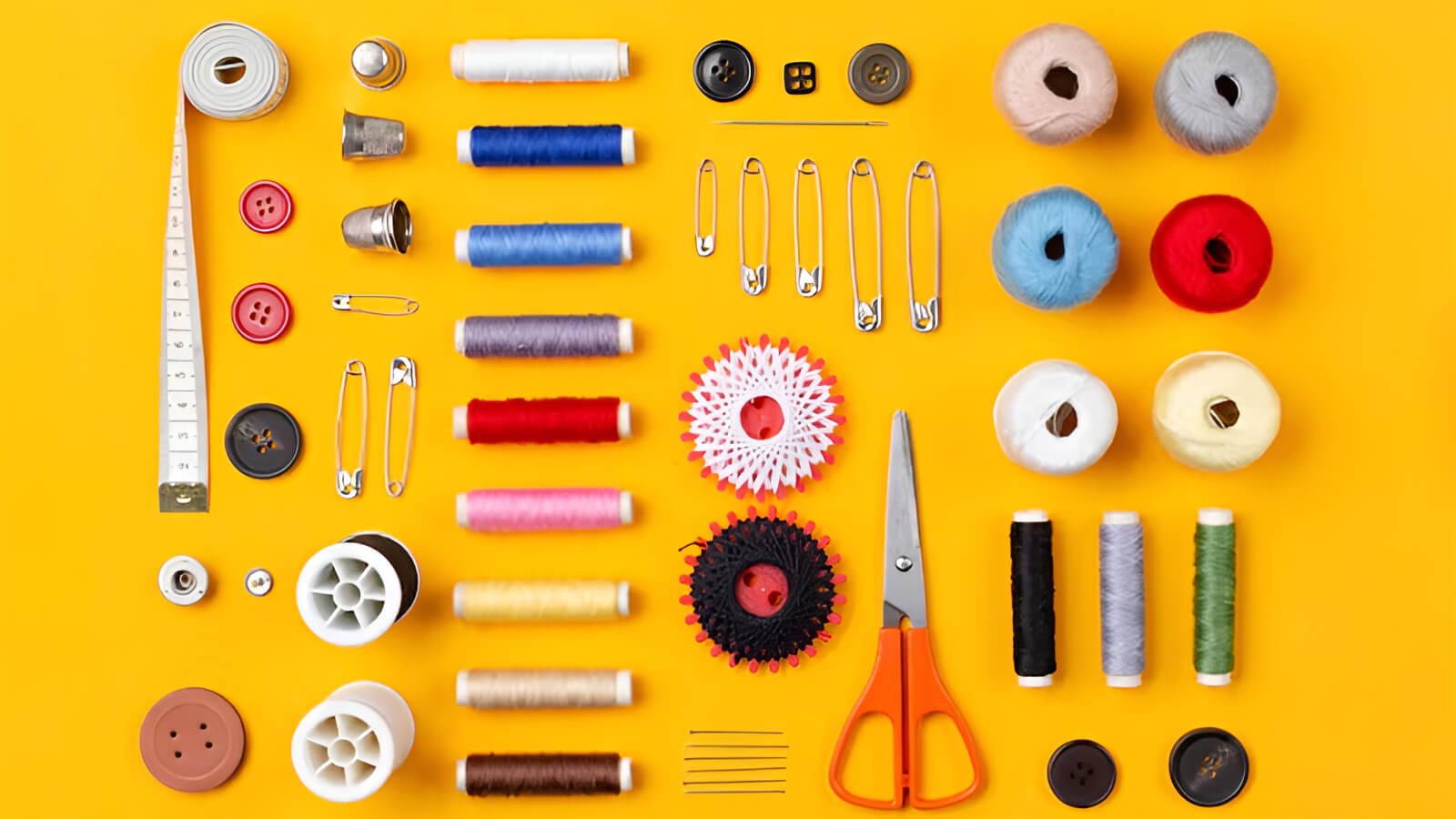
3. Different kinds of snap fasteners
There are a few main types of snap fasteners. Knowing these types helps you identify different kinds of snap fasteners. It also helps you choose the best one for your project. Let’s look at the most common different types of snap fasteners explained.
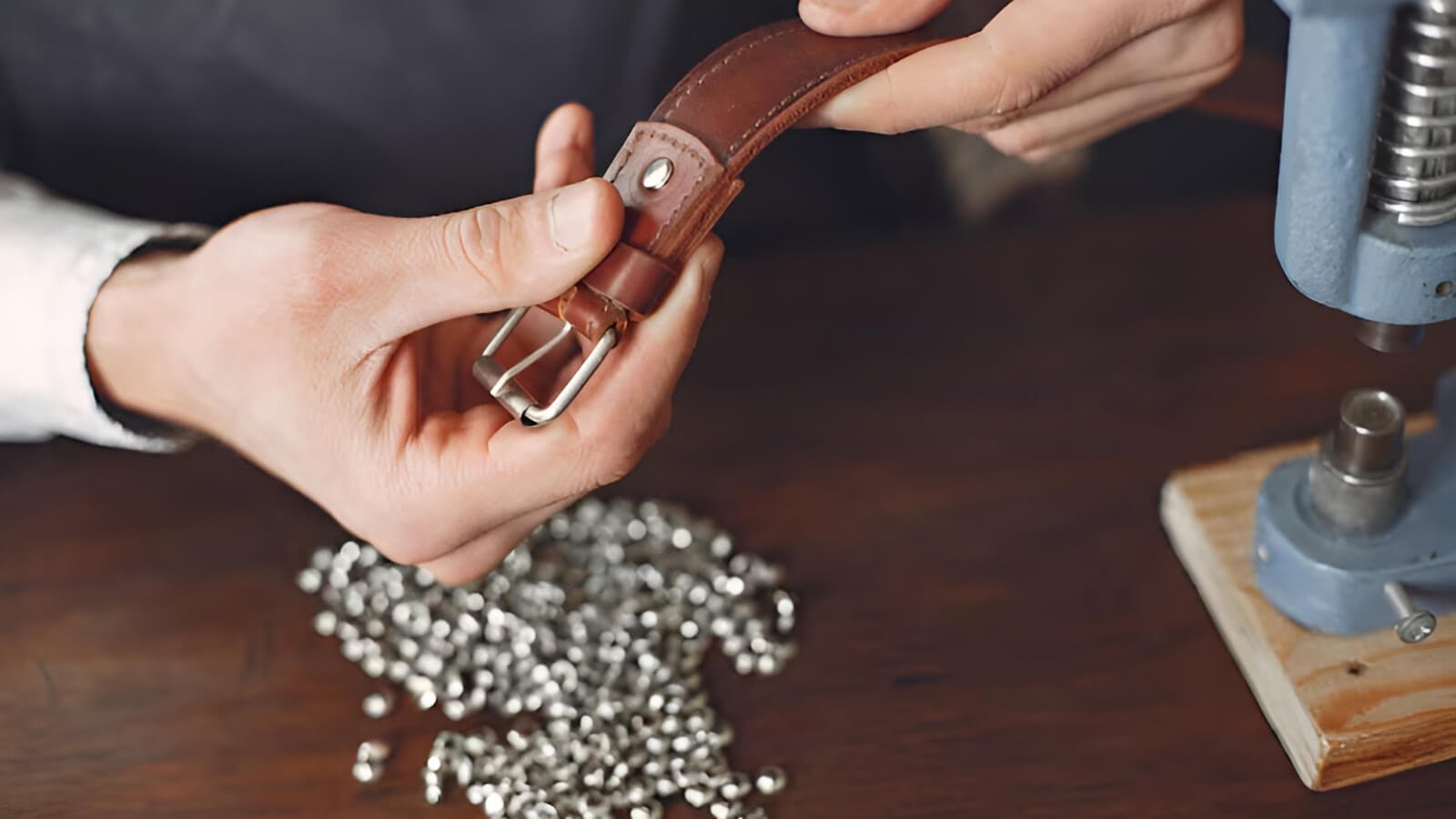
3.1 Type 1: Sew-on snaps
- Description: Sew-on snaps are usually flat metal or plastic discs. They have small holes around their edges. These holes are for sewing them directly onto fabric using a needle and thread. The snap fastener – style – sew-on is a traditional choice.
- Common Uses: They are often used on lighter or delicate fabrics. You see them on baby clothes (like babygrows, sleepsuits), dresses, and blouses. They are good any time you want the fastener to be hidden or very gentle on the fabric.
- Materials: Sew-on snaps are often made of metal (like nickel-plated brass or stainless steel) or plastic.
3.2 Type 2: No-sew / pronged / post snaps
- Description: These snaps do not need sewing. They attach to the fabric using prongs that pierce the fabric. Or, they use a post that goes through a small hole. You usually need attachment tools (e.g., snap pliers), a special hand press, or a small hammer and setting tool to install them firmly. These can be metal snap or plastic snap varieties.
- Common Uses: These are great for sturdier items like jeans or jackets (denim or canvas). They are also used for workwear, bags, and durable children’s clothing where a strong closure is needed.
- Materials: They are usually made of metal (e.g., brass, steel) for strength and durability. You can also find heavy-duty plastic (e.g., resin) (a strong type of plastic) ones for specific uses. Metal is a very common material for these types of snaps because of its toughness.
3.3 Type 3: Magnetic snaps
- Description: These clever snaps use small, strong magnets to create a closure. The magnetic snap mechanism is very easy to use. The parts just attract each other and snap shut.
- Common Uses: You often find magnetic snaps on handbags, purses, wallets, and clutches. They are also used in some craft projects like portfolios or journal covers.
- Attachment: They usually attach with prongs that go through the fabric. These prongs fold over a small metal washer on the back. Some magnetic snaps are encased in plastic or fabric casings. These can be sewn into a lining for a hidden look.
3.4 Brief mention of heavy-duty snaps
It is also good to know there are heavy-duty versions for thick material. These are larger, stronger snaps. They are designed for very tough jobs like boat covers, thick canvas bags, outdoor gear, or very heavy outerwear.
| Snap Type | Attachment | Common Fabric/Use | Tool Needed? | Strength |
|---|---|---|---|---|
| Sew-On | Sewing | Delicate, lightweight, babywear | Needle & Thread | Light to Medium |
| No-Sew (Prong/Post) | Prongs/Post | Medium to heavy, denim, jackets | Pliers/Press/Setter | Medium to Heavy |
| Magnetic | Prongs or Sew-in | Bags, purses, crafts | Pliers (for pronged) or Needle & Thread (for sew-in) | Medium |
| Heavy-Duty | Post/Screw | Very thick, canvas, outdoor | Special Setter/Press | Very Heavy |
4. Where do we use snap fasteners? Common examples
Snap fasteners are incredibly versatile! Let’s discover common applications of snap fasteners you might see every day.
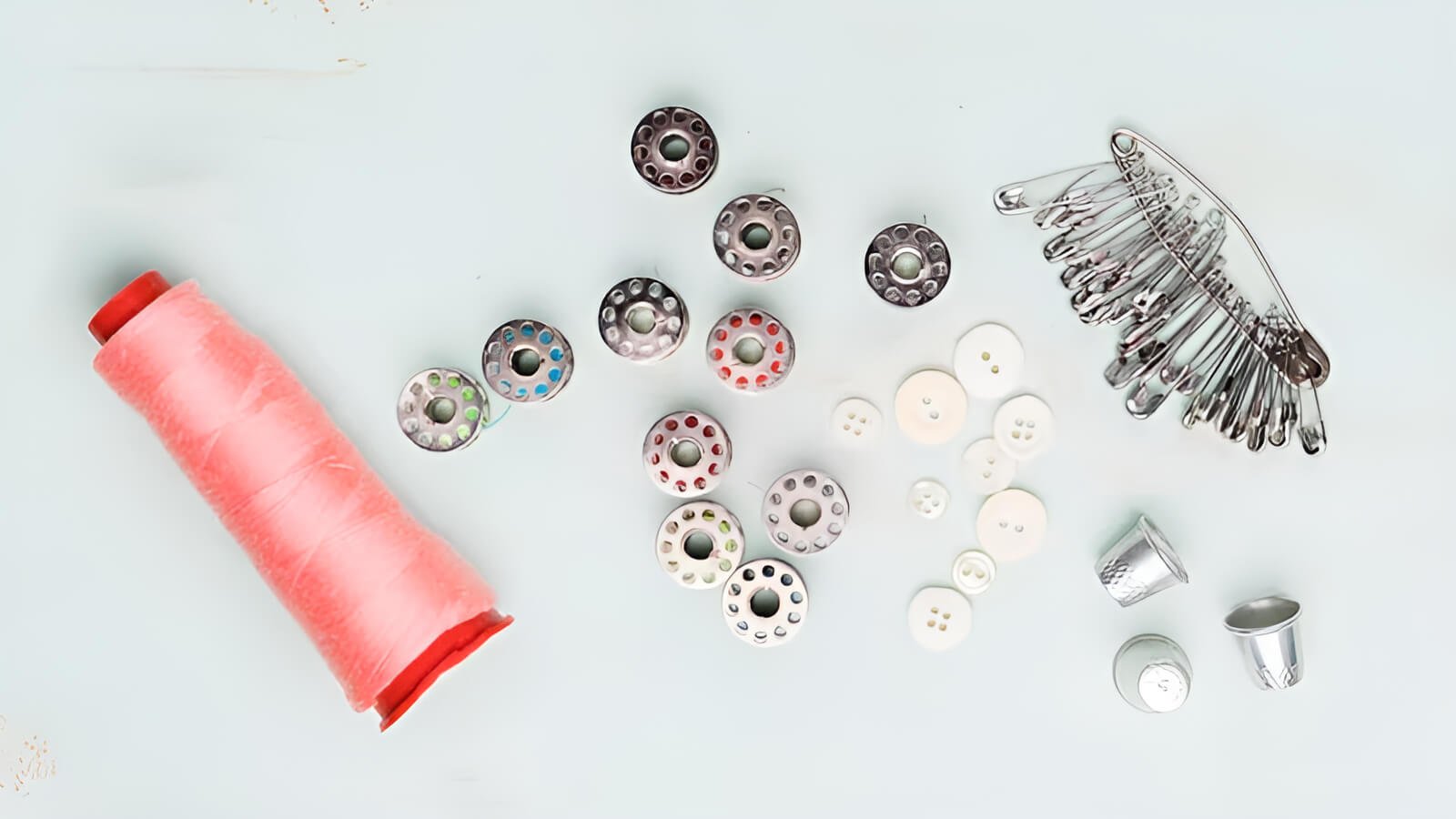
4.1 Clothing: The most common application
This is where you will find snap fasteners most often. They are a key part of apparel hardware and garment closures. The uses of snap fasteners in fashion are very diverse. Garments utilize snap fasteners for many reasons, primarily as a clothing closure.
- Baby Clothes (e.g., Bodysuits, Sleepsuits, Rompers): Bodysuits, sleepsuits, and rompers for babies often use snaps. They are common along the inseam or front. They are quick and easy for parents to open and close. This is very helpful during diaper changes.
- Shirts & Blouses: Some casual shirts or blouses use snaps instead of buttons. They can be on the front placket (the opening) or on the cuffs. This gives a modern or Western look.
- Jackets & Outerwear: Many types of jackets use snaps. Light windbreakers and heavier coats can have them. They are used for the main front closure, on pocket flaps to keep items secure, or on adjustable cuffs.
- Jeans & Trousers: Snaps are less common than buttons on jeans. But some jeans and casual trousers use snaps on the waistband closure. These are often larger, flatter snaps. They can also be on back pocket flaps.
4.2 Bags & Accessories
Snaps are very popular on purses, wallets, backpacks, and tote bags. They keep them closed securely. You might also find them on hats, wristbands, or even some types of belts. They can be a fastening or a decorative detail.
4.3 Crafts & Home Decor
Crafty people love using snap fasteners! They are great for making fabric storage boxes or removable pillow covers. They are used on duvet covers to keep the duvet insert in place. They are also good for custom pouches and unique handmade crafts.
4.4 Uniforms and Workwear
For some jobs, uniforms need to be easy to put on and take off quickly. Or they require secure pockets for tools or equipment. Snap fasteners are often used on work shirts, overalls, and lab coats for these reasons.
5. Why choose snap fasteners? The advantages
Snap fasteners are popular for many good reasons. Here are some of their main advantages of snap fasteners:
- Easy to Open and Close: This is a big plus. It’s especially good for children’s clothes or for anyone who might find small buttons fiddly. A simple press to close and pull to open.
- Neat and Flat Appearance: Snaps can lie very flat against the fabric. This means they are often less bulky than buttons. They can give a smoother, cleaner look to a garment or item.
- Secure Closure: A good quality snap fastener provides a reliable and firm hold. You can trust it to stay closed until you decide to open it.
- Speed: If there are many fasteners on an item, snaps are much faster. Think of the front of a baby’s outfit or a long cardigan. Snaps are quicker to do up and undo compared to a row of buttons.
- Variety and Style: Snaps can be almost invisible if you want a very clean look. For example, sew-on snaps hidden under a placket. Or, the decorative top designs on caps can be visible. They can add a stylish accent to an item.
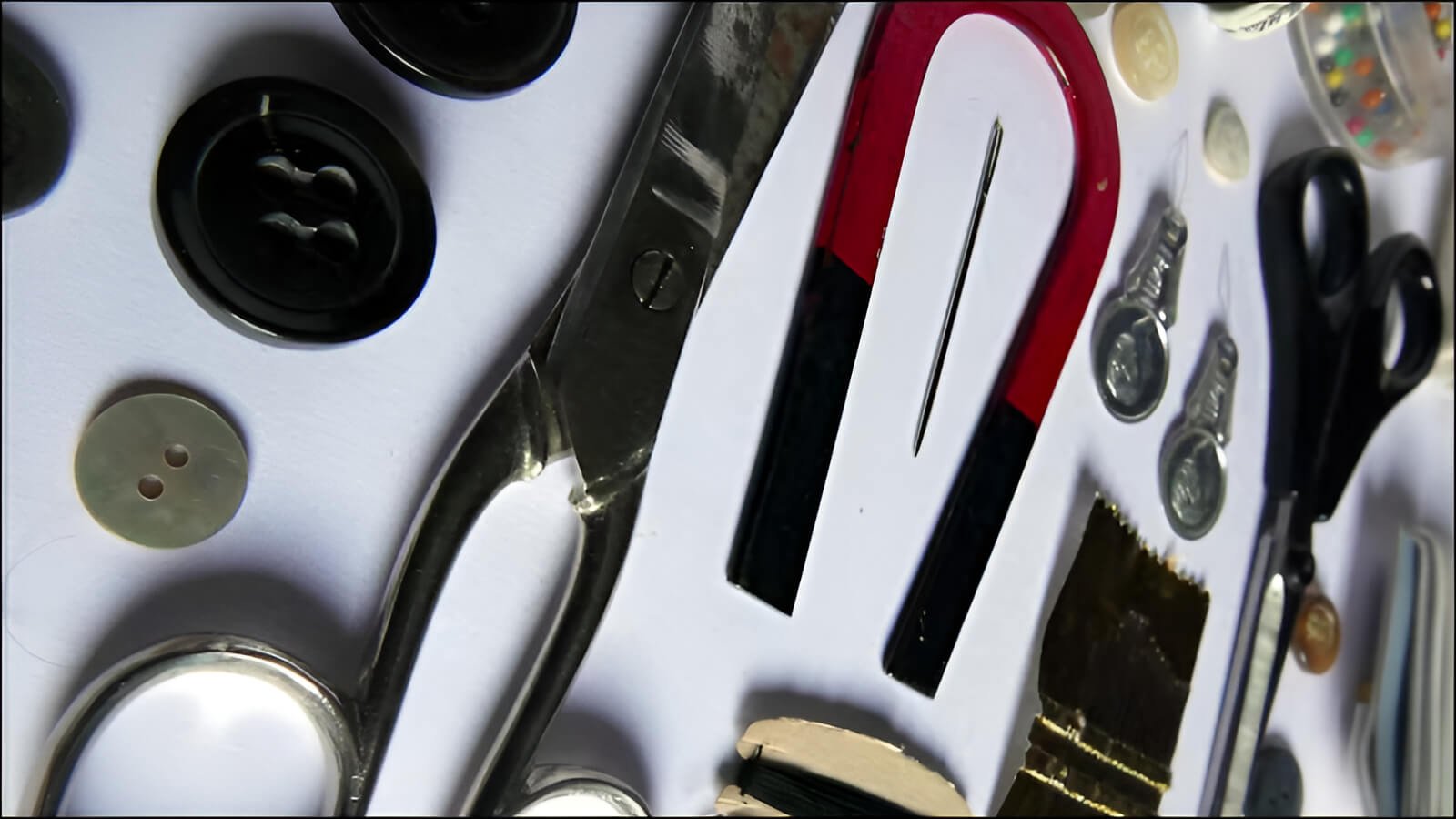
6. What are snap fasteners made of?
Snap fasteners come in different materials. Knowing what materials are snap fasteners made of can help you choose the right one. The material (e.g., metal, plastic) is a fundamental characteristic. It affects its durability, look, and best use.
6.1 Metal snaps
- Types: Common metals include brass (often plated with nickel, or given an antique finish), stainless steel, and other steel alloys. These are popular common metals (e.g., brass, steel) for snaps because they are strong.
- Pros: Metal snaps are very strong and durable. They can handle a lot of use. They are great for items that need a robust closure. They often have a quality look and feel.
- Cons: If they are not good quality or lack a protective coating, some cheaper metal snaps could rust. This can happen over time, especially if they get wet often and aren’t dried properly. They can also be a bit heavier than plastic snaps.
6.2 Plastic snaps
- Types: These are often made from a strong type of plastic called polyacetal resin.
- Pros: Plastic snaps are lightweight and won’t rust. This makes them great for baby clothes that are washed frequently. They are also good for items used in damp conditions. They come in a huge variety of bright colors and fun shapes. This is perfect for kids’ items and colorful craft projects.
- Cons: They are generally strong for their intended uses. However, they might not be as tough as metal snaps for very heavy-duty applications. For example, on thick work gear or heavy canvas.
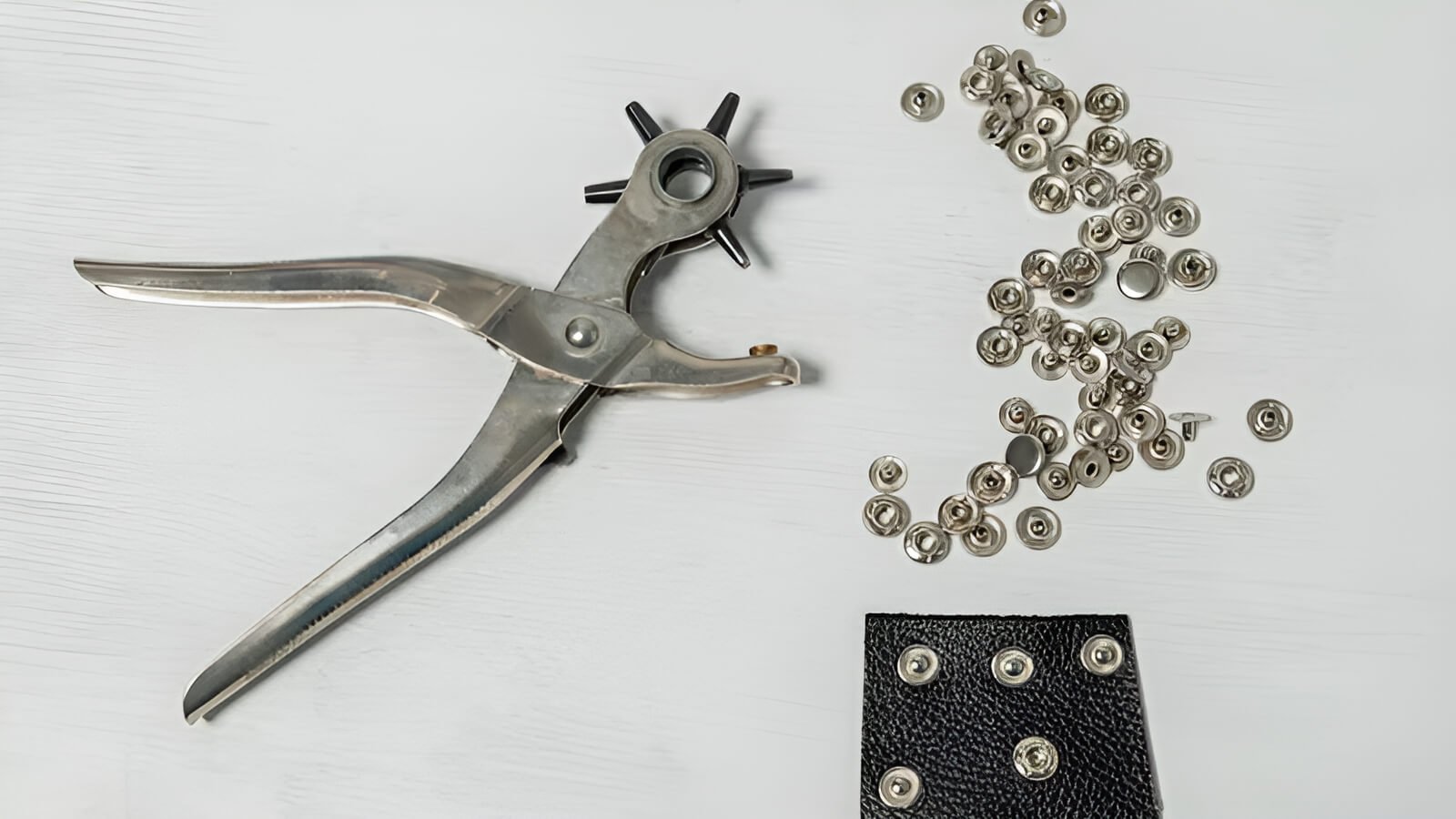
7. A quick look at attaching snap fasteners
Attaching snap fasteners might seem tricky at first. But here’s a basic idea of how to use them. The exact method for how to attach different fasteners to fabric depends on the type of snap.
General Idea: The most important thing is to match the two main sides correctly. The stud part (with the bump) goes on one piece of fabric. The socket part (with the hole) goes on the other piece. They need to line up perfectly so they can snap together.
Sew-On Snaps: For sew-on snaps, it’s simple. You just need a needle and thread. You sew one part (like the socket) securely onto one piece of fabric. You sew the other part (the stud) onto the other piece of fabric. Use the small holes around the edge of each snap piece.
No-Sew Snaps:
- Tools Needed: For most no-sew snaps (the pronged or post kind), you will usually need special snap pliers. You might use a bench-mounted hand press machine, or a small, inexpensive hammer-and-setter tool kit.
- Basic Process: Typically, you make a small hole in the fabric first. Some snaps with sharp prongs make their own hole. Then you place the cap and socket (or stud and post) on either side of the fabric. Their posts go through the hole. You then use your tool (pliers, press, or setter) to squeeze or hammer them together firmly. This action flattens or curls the post. It secures the snap to the fabric.
Important Tip: Always practice attaching a snap on a scrap piece of your fabric first. This helps you get a feel for the process. You can check that the snap is attached securely and looks right. Do this before you put it on your final project.
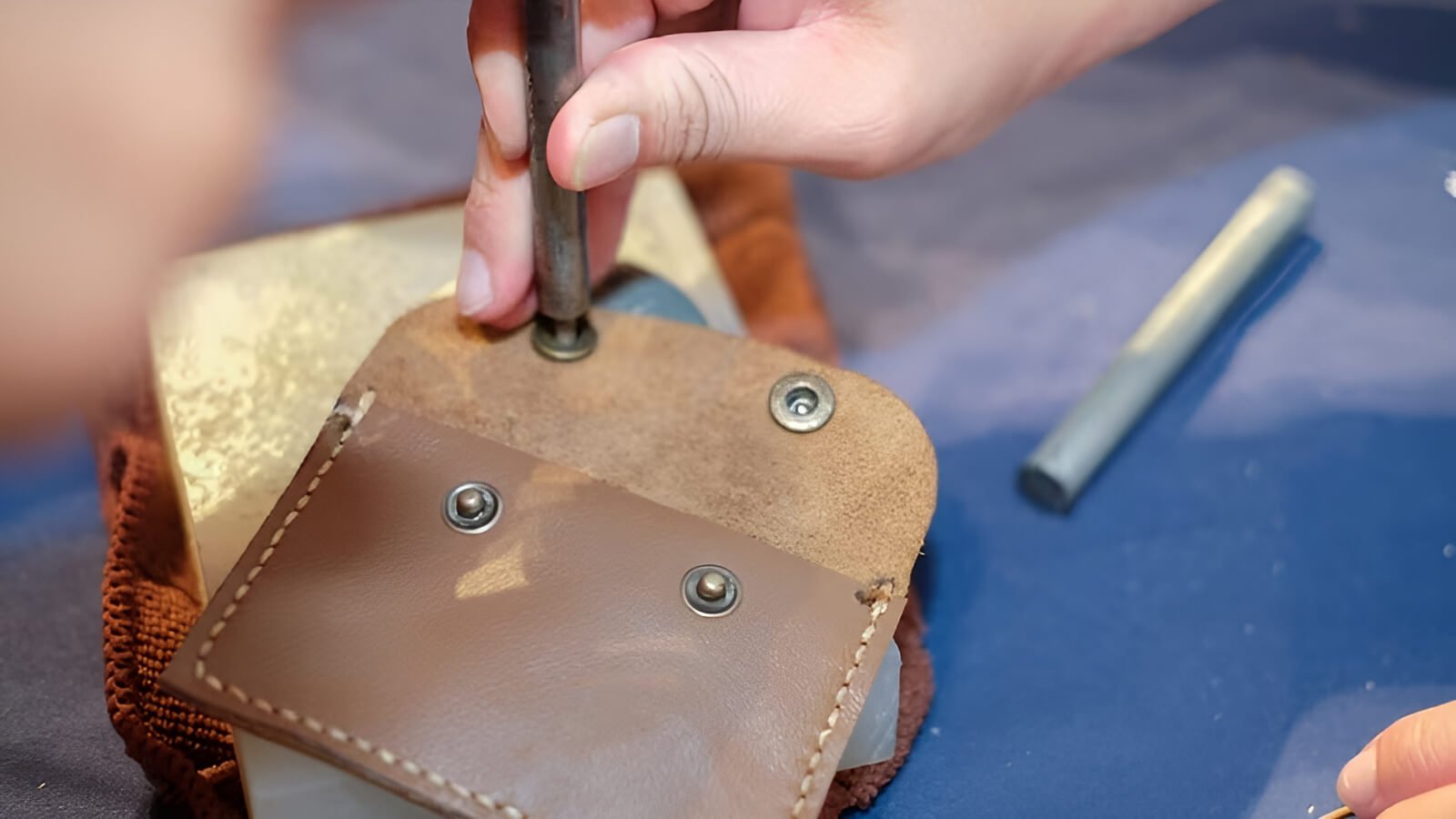
8. Choosing the right snap fastener for your project
When choosing hardware for apparel design or any fabric project, think about a few key things. This will help you pick the best snap fasteners:
- Fabric Weight and Type: For heavy, thick fabrics like denim, canvas, or wool, you’ll need stronger snaps. These are often larger metal snaps (usually no-sew type). For delicate, lightweight fabrics like silk, chiffon, or baby jersey, use smaller, lighter snaps. Sew-on snaps are often a good choice here. They are gentler on the fabric weight.
- Purpose and Strength Needed: Think about how the snap will be used. Will it be hidden inside a garment? Or do you want it to be a visible, decorative feature? How strong does the closure need to be? A snap on a pocket holding heavy keys needs to be much stronger than one on a baby’s bib.
- Size of the Snap: Snap size (usually measured by cap diameter) is important for both function and appearance.
- Aesthetics and Look: Consider the overall style. Do you want a shiny silver metal finish? An antique brass look? Or a bright, fun color to match your fabric? Should the cap be plain and smooth? Or do you want one with decorative top designs, like an engraved pattern or a pearl top?
- Your Tools and Attachment Method: Your choice might also depend on the tools you have. If you only have a needle and thread, sew-on snaps are your best bet. If you have snap pliers or a press, you can use no-sew (pronged or post type) snaps. The attachment method (sew-on, pronged, etc.) is a practical consideration.
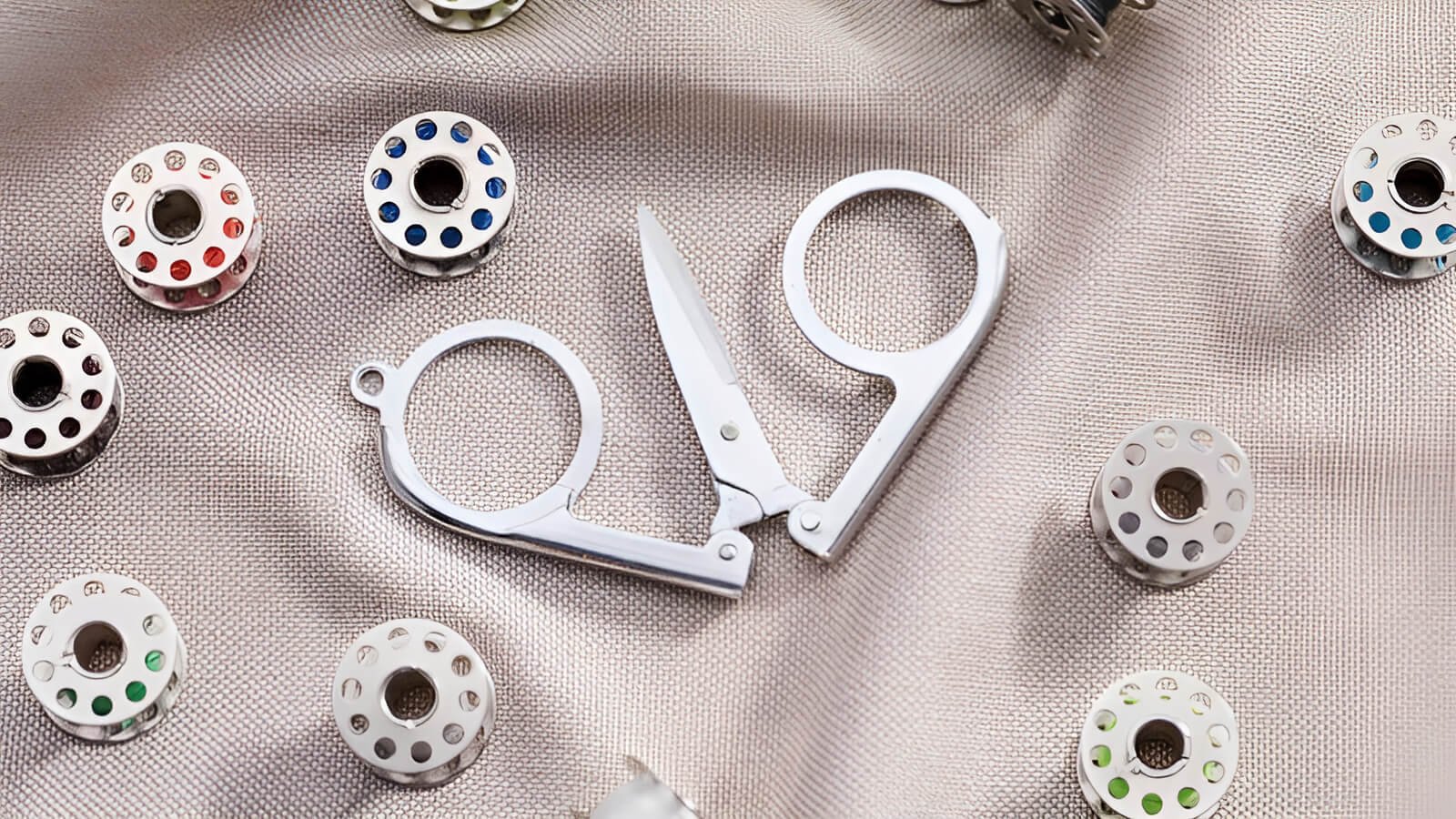
9. Frequently asked questions (FAQs)
It really depends on what you need them for! Neither is ‘better’ all the time. Snap fasteners are often quicker to open and close. They can create a flatter, smoother look. Buttons come in a huge variety of decorative styles. They are a traditional choice for many garments. For baby clothes, snaps are often preferred for ease of use. For a classic formal shirt, buttons are usually the standard.
9.2 Can I put snap fasteners on any fabric?
You can use snap fasteners on any fabric mostly, but choose the right type and size. This depends on your fabric’s weight and type. For very delicate, thin, or stretchy fabrics, you might need help. Add a small piece of interfacing (a special stiffening fabric) behind where you place the snap. This gives the fabric extra support and prevents tearing. Sew-on snaps are generally gentler on very delicate materials than pronged no-sew snaps.
9.3 Do I need special tools to attach all snap fasteners?
No, you don’t need special tools to attach snap fasteners of all types. For sew-on snaps, you only need a basic needle and thread. However, for most no-sew, pronged, or post-style snaps, you will need specific snap pliers. You might need a hand press machine, or a hammer-and-setter tool kit to fix them correctly and securely.
9.4 How do I care for clothes with metal snaps?
It’s a good idea to close all snaps before washing clothes. This helps prevent them from snagging on other items or getting damaged. Always wash according to the fabric care label. Good quality metal snaps (like brass or stainless steel) are usually rust-resistant. Still, it’s best to avoid leaving them wet for very long. This is important for general care for clothing with metal parts.
9.5 What’s the difference between a stud and a socket in a snap fastener?
These are the two main interlocking parts. The socket is the part that usually looks like a little indentation, ring, or hole. It’s sometimes called the ‘female’ part of the snap. The stud is the part that has a little bump or post that sticks out. It clicks into the socket. It’s sometimes called the ‘male’ part. They work together to create the ‘snap’. This explains the difference between a stud and a socket.
Explore more:
So, now you have a much clearer idea of what snap fasteners are! We’ve learned they are very useful closures. They are made of parts that click together, like a stud and a socket. We’ve seen there are main types like sew-on and no-sew. They are used in all sorts of things, from baby clothes and jackets to bags and craft projects.
We hope this simple guide helps you feel more confident. You can understand and even use snap fasteners. They are a great way to finish your projects neatly. Or simply know more about how your clothes and accessories are made!






